ANTD.VN - Bad debt is increasing while the bad debt coverage ratio is decreasing sharply. Circular 02 on debt restructuring will soon expire, and Resolution 42 on piloting bad debt settlement will also expire. Bad debt, therefore, is at risk of becoming more and more serious.
Bad debt keeps growing
Financial reports for the first 9 months of the year of 28 commercial banks (except Agribank) show that most bad debts have increased compared to the beginning of the year.
In terms of absolute numbers, the banks with the highest bad debt in the industry include: VPBank, BIDV, VietinBank, Vietcombank, SHB, NCB, Sacombank, MB Bank, VIB, LPBank.
Of which, VPBank has a bad debt balance of up to 29,934 billion VND, an increase of more than 19% compared to the beginning of the year. In terms of ratio, VPBank's bad debt accounts for 5.74%, an increase of 0.01% compared to the beginning of the year.
Next is big4 with BIDV with 26,394 billion VND, up nearly 50%; VietinBank 18,941 billion VND, up 19.9%; Vietcombank 14,393 billion VND, up 84%.
Ranked sixth is SHB Bank, with bad debt also increasing by more than 24%, to VND13,484 billion.
Although NCB Bank has the seventh highest bad debt in the system in terms of absolute value, it leads the industry in terms of ratio with more than VND13,460 billion, an increase of more than 57% compared to the beginning of the year. With a modest credit scale of just over VND51,100 billion, NCB's bad debt ratio is up to more than 26.3%.
In addition, some other banks with large bad debt balances include Sacombank (VND 10,388 billion); MB Bank (VND 10,111 billion); VIB (VND 9,040 billion); LPBank (VND 7,367 billion)...
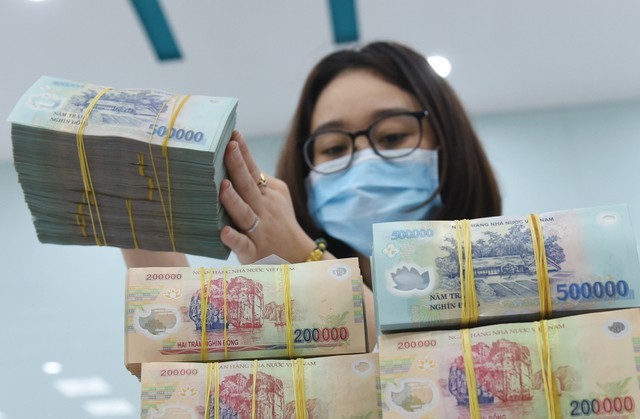 |
Bad bank debt continues to increase |
In terms of growth rate, TPBank is the bank with the highest bad debt growth rate in the industry, with an increase of nearly 3 times (294%) compared to the beginning of the year, up to VND 5,350 billion.
Next are Sacombank (up 142%); LPBank (up 115%); Techcombank (up 113%); MB (up 101%) and MSB (100%)...
According to records, the industry's bad debt has increased for the fourth consecutive quarter since Circular 14 related to Covid-19 debt restructuring expired, increasing by 2.2% (+6.9% compared to the previous quarter), to VND196,755 billion.
In addition, another negative development is that banks' reserve buffers will narrow in 2023, narrowing the room for debt settlement next year.
According to statistics, there is only one bank whose bad debt coverage ratio has increased in the first 9 months of the year, BaoViet Bank, but the increase is only 0.8% to 30%. This means that for every 100 dong of bad debt, the bank can only set aside 30 dong in provisions.
At many other large banks, although the bad debt coverage ratio is high, it is on a downward trend. By the end of the third quarter of this year, only 5 banks recorded a bad debt coverage ratio exceeding the 100% threshold: Vietcombank (207%, down 47% compared to the beginning of the year), VietinBank (172.4%, down nearly 16% compared to the beginning of the year), BIDV (158.4%, down 58.5%), Bac A Bank (144.2%, down nearly 60%) and MB (122%, down nearly 120%). Looking back at the end of 2022, there were 10 banks that exceeded the 100% threshold.
Despite the increase in provisions, the bad debt coverage ratio at banks has dropped sharply in the first 9 months of the year, according to experts, because provisions cannot keep up with the increase in bad debt.
However, the positive point about the banking sector's asset quality in the third quarter improved, reflected in the outstanding loans of group 2, which decreased by 7.7% compared to the previous quarter, while the previous quarters continuously increased. This shows that the newly formed bad debt is tending to slow down.
Many bottlenecks in handling bad debt
According to Mr. Nguyen Quoc Hung - General Secretary of the Vietnam Banks Association (VNBA), the current bad debt situation of credit institutions is very worrying in the context of businesses facing difficulties and the global economy showing signs of recession.
Meanwhile, handling bad debt through selling secured assets, especially large debts that need to be sold at market prices, is very difficult to implement in the context of a frozen real estate market.
According to the reporter's records, many banks when handling real estate secured assets have to put them up for sale dozens of times but still cannot sell them.
For example, at VietinBank, this bank has been selling the debt of Vo Thi Thu Ha Import-Export Trading Company Limited since 2019 but has not been able to sell it. In the latest auction, the assets securing this debt (mainly real estate) were offered by VietinBank with a starting price of only VND 142 billion, which is less than 10% of the debt receivable of this customer (nearly VND 1,500 billion in principal and interest).
Mr. Nguyen Duc Vinh, General Director of VPBank, said that the biggest headache for banks today is the increase in bad debt and the difficulty in handling collateral. Especially for unsecured loans, debt collection is very difficult.
At VPBank, outstanding unsecured loans amount to more than 100,000 billion VND, while the bank finds it very difficult to recover debts because it is "holding the knife by the blade" and does not have the support of authorities in debt collection.
The increasingly difficult debt collection is illustrated by VPBank's leadership with the figure of more than 3,000 debt collection officers at this bank having to quit their jobs since the beginning of the year, while the bad debt ratio has increased. The most worrying thing is the situation of unsolved debt, both for individuals and businesses.
While bad debt is increasing, one of the biggest concerns of banks is that Circular 02 on debt restructuring will soon expire, causing many bad debts that are "hidden" in restructured debts to appear.
According to the State Bank, by the end of September 2023, the total outstanding debt restructured under Circular 02 reached VND140 trillion (accounting for 1.09% of total credit in the entire system). This debt will be at risk of becoming bad debt when Circular 02 expires.
Not only that, the legal corridor for bad debt settlement in the coming time will have many gaps. Resolution No. 42/2017/QH14 of the National Assembly on piloting bad debt settlement (Resolution 42) will expire on December 31 this year, while the Draft Law on Credit Institutions (amended) will be submitted to the National Assembly for approval next year.
If the difficulties in handling bad debts are not resolved, it may lead to a situation where many banks “hesitate” when lending, instead focusing on risk management. In fact, since the beginning of the year, when the “health” of businesses is in trouble, many banks have recorded very low credit growth, some banks even have negative credit growth.
Therefore, many banks expressed their hope that the National Assembly will extend the implementation period of Resolution 42 on bad debt settlement to support banks in handling bad debt.
Source link


![[Photo] General Secretary To Lam receives Japanese Ambassador to Vietnam Ito Naoki](https://vstatic.vietnam.vn/vietnam/resource/IMAGE/2025/4/3/3a5d233bc09d4928ac9bfed97674be98)
![[Photo] A brief moment of rest for the rescue force of the Vietnam People's Army](https://vstatic.vietnam.vn/vietnam/resource/IMAGE/2025/4/3/a2c91fa05dc04293a4b64cfd27ed4dbe)
![[Photo] Prime Minister Pham Minh Chinh chairs the first meeting of the Steering Committee on Regional and International Financial Centers](https://vstatic.vietnam.vn/vietnam/resource/IMAGE/2025/4/3/47dc687989d4479d95a1dce4466edd32)
![[Photo] Ho Chi Minh City speeds up sidewalk repair work before April 30 holiday](https://vstatic.vietnam.vn/vietnam/resource/IMAGE/2025/4/3/17f78833a36f4ba5a9bae215703da710)
![[Photo] Prime Minister Pham Minh Chinh chairs meeting after US announces reciprocal tariffs](https://vstatic.vietnam.vn/vietnam/resource/IMAGE/2025/4/3/ee90a2786c0a45d7868de039cef4a712)






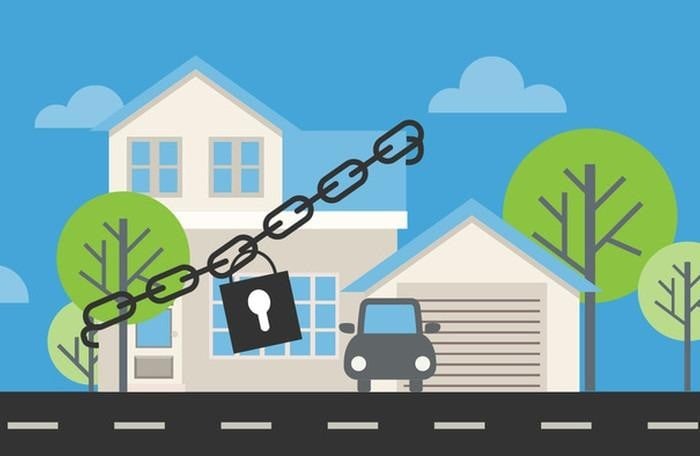

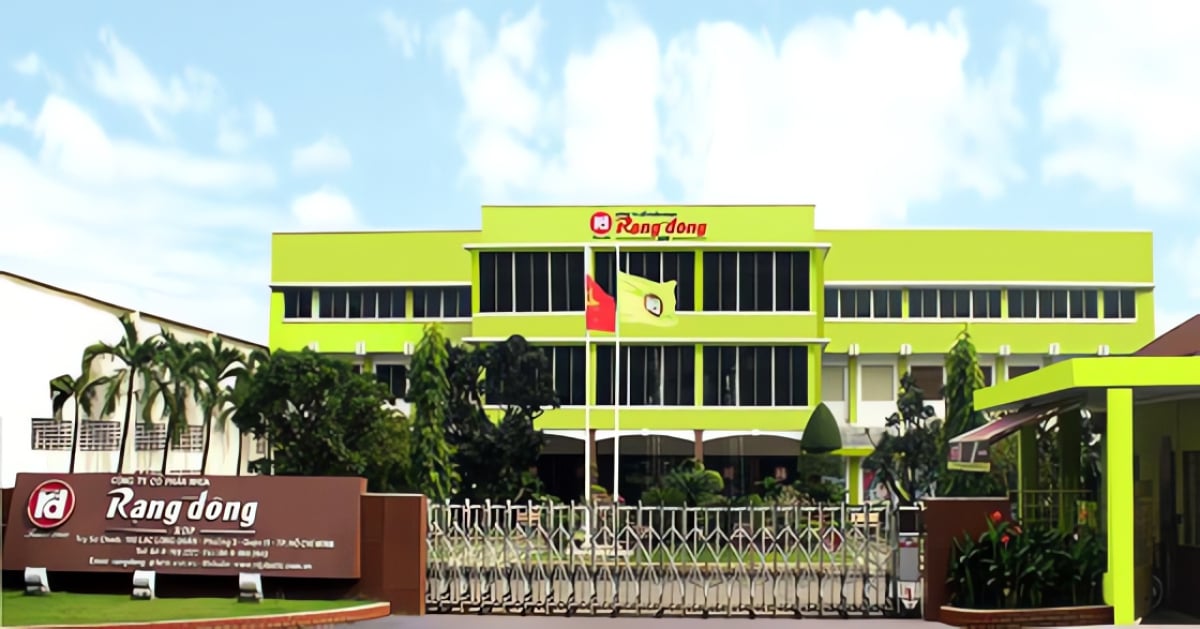

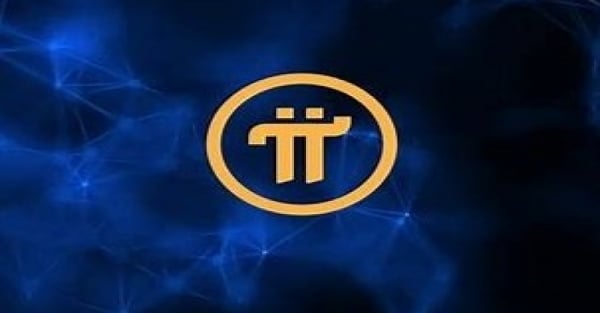










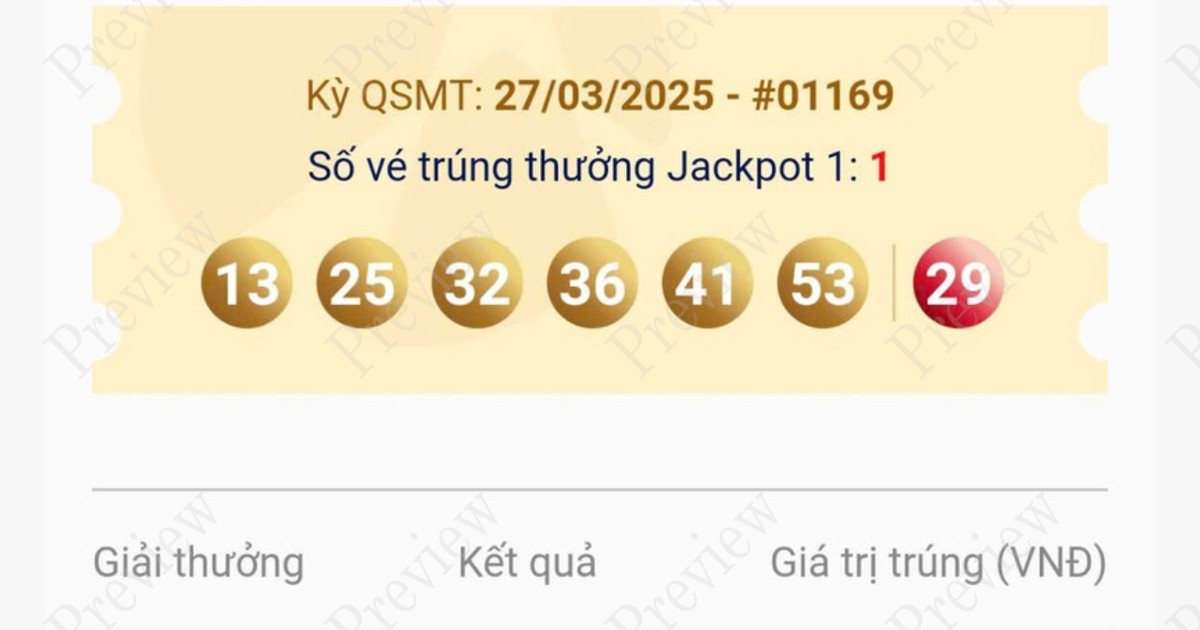


















































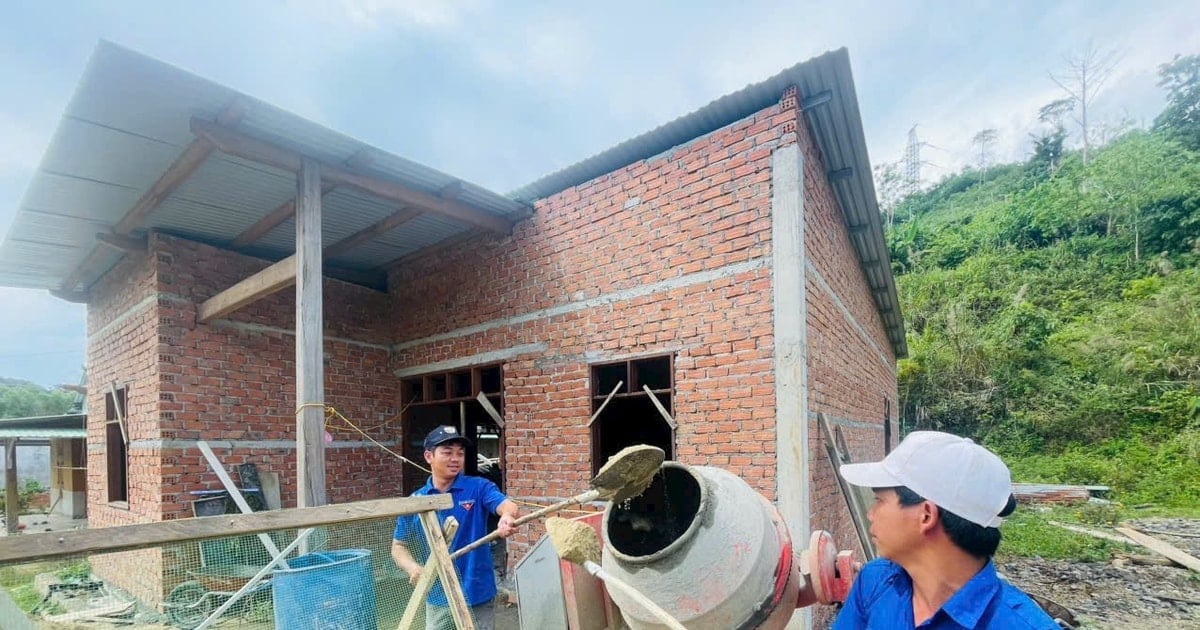

















Comment (0)